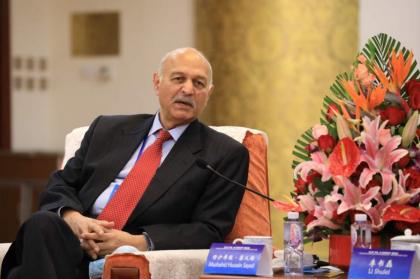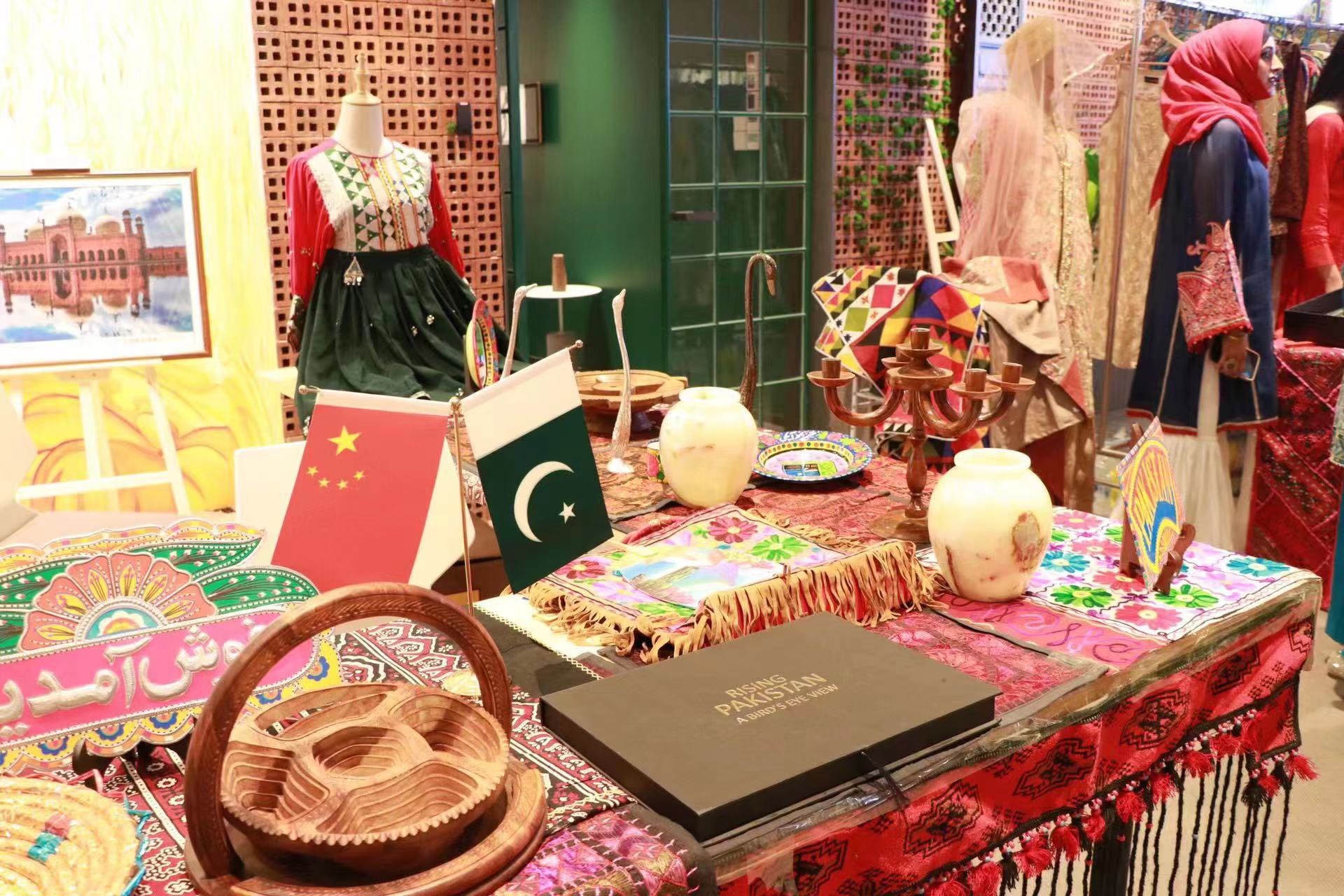ISLAMABAD: Chairman of the Senate Defence Committee and founding chairman of the Pakistan-China Institute, Senator Mushahid Hussain Sayed on Saturday said the Chinese model of inclusive and participatory economic growth was a path to modernization featuring globalization and multilateralism based on shared common security for every single country and the regions.
“Pakistan is a major beneficiary of China’s new development paradigm that has no aggressive plans against any country,” Senator Mushahid Hussain Sayed said at a seminar titled ‘China for a new security, connectivity and trade paradigm’ organized by the Development Communications Network (Devcom-Pakistan) in collaboration with the China Study Centre, Comsats University Islamabad Campus.
Sayed said Pakistan’s bureaucratic hurdles and political instability are the main reasons for slow-paced progress on the CPEC initiatives. Pakistan shall act fast before it’s too late. All stakeholders shall play their role in expediting the progress of CPEC.
The guest speakers included Ambassador (retd) Naghmana Hashmi, the University of Peshawar Pro-Vice Chancellor Dr Zahid Anwar, NUST China Study Centre Director Ms Xian Yang, Bahria University Assistant Prof. Dr Hassan Daud But, Comsats University China Study Centre Director Dr Tahir Mumtaz Awan, and Devcom-Pakistan Executive Director Munir Ahmed.
Zoon Ahmed Khan said China’s development is human-centric which has transformed the Chinese society to become very productive. Now the GDP growth is exemplary with no person below the poverty line. Every village in China has its own solutions to the problems.
The state has provided every possible opportunity for its people to go prosperous and promote itself to the next level. Small and micro enterprises changed the lives of people while China’s peaceful economic progress has provided ample opportunities for every nation to freely trade. Young people have worked hard to change the face of China.
Ambassador (retd) Naghmana Hashmi said: The intensification of Sino-American competition currently forms the most important instance of great-power competition which has the potential of becoming a major conflict engulfing the entire world. It has added to the uncertainty, instability and chaos in the already worrying and unpredictable flux in the world order prevalent these days. In the last 73 years of its establishment, New China has left a blazing trail of remarkable achievements in all walks of human endeavour.
Devcom-Pakistan Executive Director Munir Ahmed said: China has numerous development models that can help developing countries.
Moreover, China can inject money and technical support but cannot inject performance in the native human resource and systems. The recipients and local partners have to be vigilant enough to watch their performance.
Xian Yang said that the post-COVID-19 world has changed completely. New business models have been put into practice in China.
“We have to face the reality that business has entered the 4.0 era. How can China’s economic model interact and communicate with Pakistan in the 4.0 era and produce good results is the topic we want to share today,” she said.
“Through six years of hard work in China’s war on poverty alleviation, China has completely lifted itself out of poverty. During this period, energy, agriculture, and the service industry have played a significant role, such form and specific mode of operation has been proven to be effective and correct. We want to focus on the parts of these forms and methods that are feasible for Pakistan,” she added.
Dr Hassan Daud Butt while highlighting the geo-economic potential of the CPEC project stated that going forward amidst the global and regional crises exacerbated by COVID, three facets of geography, connectivity and human resource capacity will be significant in leveraging the true potential of any regional integration project like the CPEC.
He informed that in the developing regional security and trade paradigm, CPEC has to be viewed along with CAREC, and the SCO in which Pakistan has a key role to play.
“Under the CAREC Framework, the corridors and ports pertaining to Pakistan have been selected for linking landlocked CAREC countries with Central Asia through Afghanistan and Tajikistan and Kyrgyzstan,” he added.
Dr Butt said through these initiatives, the region is not just becoming interconnected but interdependent to combat the menace of hunger, poverty, extremism, and pandemics. The people-to-people connectivity aspect is crucial in sharing best practices, and cultural aspects as well as trade and promoting a well-diversified portfolio with the interconnectivity of markets in agriculture, manufacturing etc.
Dr Tahir Mumtaz Awan said, “Pakistan can explore opportunities for enhanced economic cooperation with Central Asian states, facilitated by China’s investments and initiatives in the region. This could include trade expansion, joint ventures, and investment projects in sectors such as infrastructure development, energy, agriculture, and manufacturing”.
“The focus on increasing rail, road, and flight connections in the region can benefit Pakistan as it seeks to enhance its connectivity with Central Asia. This could potentially open up new trade routes, improve transportation networks, and facilitate the movement of goods and people between Pakistan and Central Asian countries,” he added.
“Central Asia is rich in energy resources, and Pakistan can explore opportunities for energy cooperation and resource sharing with Central Asian states. This could involve joint exploration and extraction projects, energy infrastructure development, and the import of energy resources to meet Pakistan’s growing energy demands,” he added.

















